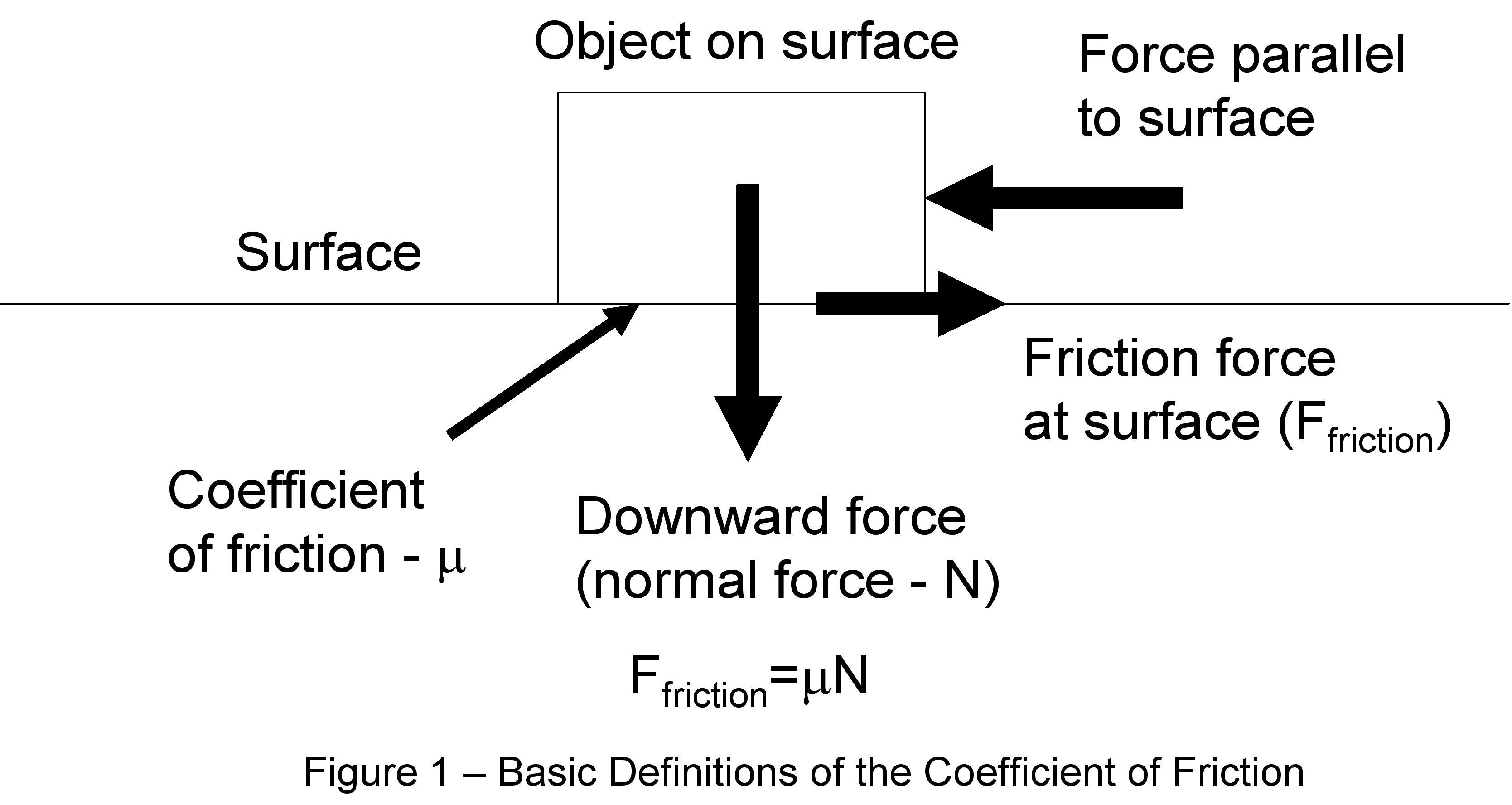Divine Coefficient Of Friction

The Coefficient of Friction The coefficient of friction is a number which represents the friction between two surfaces.
Coefficient of friction. Determining the Coefficient of Friction - Succeed in Physical Science ramp until the book started to slide and then measured the angle of the ramp you could determine the coefficient of friction between the book and the ramp. Then what is the difference between static and kinetic friction coefficient. The coefficient depends on the object and the specific situation youre working with.
One is for static friction and the other for kinetic friction The force of friction acts against the direction of motion. If the angle was 30 degrees then the tangent of 30 degrees is about 058. The symbol usually used for the coefficient of friction is m.
It is a value that is sometimes used in physics to find an objects normal force or frictional force when other methods are unavailable. N Normal reaction perpendicular to the surface. Consider the following two cases Figures.
The Coefficient of friction is defined as the ratio of force of friction to the normal force μ F N. These changes impact the friction coefficient behavior as shown in the figure below. A friction tester also called a coefficient-of-friction COF tester makes a measurement of a sheet-like substrate such as paper corrugated plastic film or paperboard which determines the angle of inclination at which one substrate affixed to a sled will begin to slideslip against.
The friction force F is proportional to the normal force N and the coefficient of friction μ. Where μ s is the coefficient of static friction and μ k is the coefficient of kinetic friction. Mathematically μ F N where F is the frictional force and N is the normal force.
Coefficients of friction are sensitive to atmospheric dust and humidity oxide films surface finish velocity of sliding temperature vibration and extent of contamination. Between two equal surfaces the coefficient of friction will be the same. 73 rows Coefficient of Friction Friction force develops between contacting surfaces of two bodies and acts to resist relative motion between the bodies.













